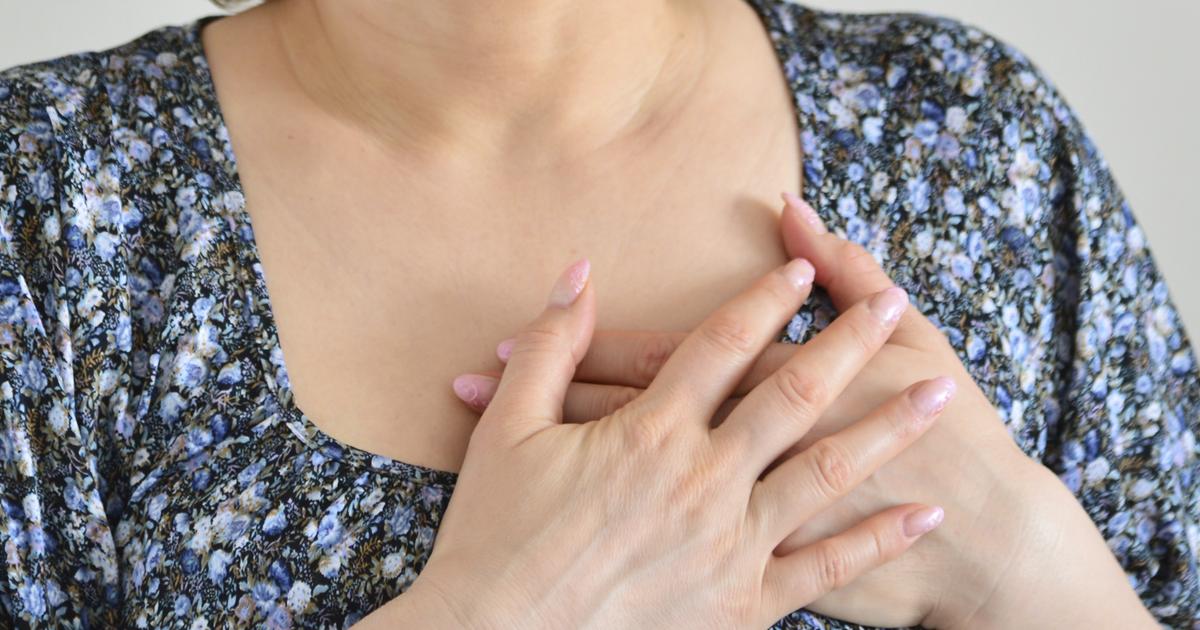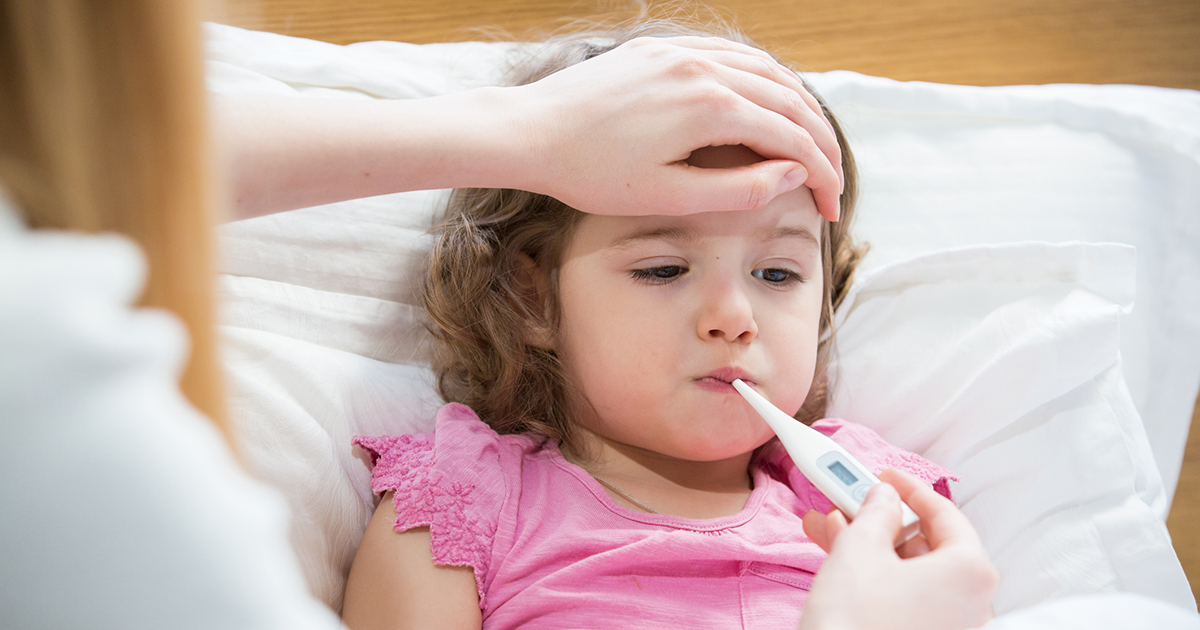Major Symptoms Of Pneumonia
Pneumonia is a serious upper respiratory infection caused by a variety of bacteria that can enter the lungs, such as Streptococcus and Pneumococcus. Most of the time an individual's body can fight off these germs, but individuals who are already ill, babies, and older adults often cannot, making them more likely to develop pneumonia. Pneumonia can be treated at home, but sometimes it may require hospitalization. This depends on the age of the individual who is ill or the severity of the infection.
Pneumonia, it is crucial to note, can be fatal if not treated right away. As such, it is important to know the symptoms of pneumonia and seek treatment as soon as possible should any of them, or multiple, be detected.
Chest Pain While Breathing

Perhaps the most common warning sign of pneumonia is that of chest pain. Specifically, individuals dealing with a case of pneumonia will typically experience a type of chest pain doctors refer to as pleuritic pain in the chest, also known as painful breathing. Chest pain in pneumonia patients is typically short and stabbing in nature, rather than constant and radiating. Pleuritic chest pain is also aggravated when patients are coughing, which is another symptom of pneumonia that will be discussed in detail later on.
Whenever an individual experiences chest pain, especially when it makes it difficult for them to breathe properly, it is absolutely critical for them to seek medical attention as soon as possible to obtain an accurate diagnosis and receive treatment.
Persistent Fever

When the body has an increased temperature, especially when this temperature progresses to the point of a fever, it is a clear sign it is trying to fight off an infection. In many instances, this could be something relatively simple such as the flu, but a high fever of up to 105 degrees Fahrenheit can also indicate pneumonia. It is quite common for both adults and children to have a fever when dealing with pneumonia. In most instances, fevers abate relatively quickly, but there can be times when they do not.
Patients who have had a persistent fever for more than two days, or when their temperature spikes above a certain level, should always visit a doctor. The temperature at which patients should immediately see a doctor does vary based on a few factors, but most older children and adults can tolerate a fever of up to 103 degrees Fahrenheit without too much cause for concern. Above this, and a doctor should be consulted.
